Rhodium
A Comprehensive guide to Rhodium and Rhodium Plating
Introduction: Rhodium, a rare and precious metal, is renowned for its stunning brilliance and exceptional durability. In this comprehensive guide, we'll delve into the fascinating world of rhodium and rhodium plating, exploring their origins, properties, applications, and essential care tips. Whether you're a jewellery enthusiast or a curious learner, join us as we unravel the mysteries of rhodium and discover why it's a popular choice for enhancing the beauty and longevity of fine jewellery.
The Origins of Rhodium: Discovered in 1803 by William Hyde Wollaston, rhodium belongs to the platinum group of metals and is one of the rarest elements on Earth. Named after the Greek word "rhodon," meaning "rose-coloured," rhodium is prized for its lustrous white appearance and remarkable resistance to corrosion and tarnishing. Initially used primarily as an alloying agent for platinum and white gold, rhodium has since gained popularity as a standalone metal for jewellery plating.
Properties and Characteristics: Rhodium boasts several unique properties that make it highly sought after in the jewellery industry. With a dazzling white colour and brilliant shine, rhodium plating can transform the appearance of silver, gold, and platinum jewellery, giving it a polished and sophisticated finish. Additionally, rhodium is extremely hard and durable, making it resistant to scratches, tarnishing, and corrosion. Its hypoallergenic properties also make it an ideal choice for those with sensitive skin.
Applications of Rhodium Plating: Rhodium plating is commonly used in the jewellery industry to enhance the appearance and durability of precious metal jewellery. By electroplating a thin layer of rhodium onto the surface of silver, gold, or platinum jewellery, artisans can achieve a bright, white finish that mimics the look of platinum or white gold. Rhodium plating is often applied to white gold engagement rings, silver necklaces, and platinum wedding bands to enhance their shine and longevity.
Caring for Rhodium-Plated Jewellery: While rhodium-plated jewellery is highly durable, proper care and maintenance are essential for preserving its beauty and lustre. To keep your rhodium-plated jewellery looking its best, avoid exposing it to harsh chemicals, abrasive cleaners, and extreme temperatures. Instead, clean your rhodium-plated jewellery regularly with a soft cloth and specialised jewellery cleaner, and store it in a jewellery box or pouch when not in use to prevent scratching and damage.
Conclusion: In conclusion, rhodium and rhodium plating play a vital role in the world of fine jewellery, adding brilliance, durability, and longevity to precious metal pieces. Whether used to enhance the appearance of white gold engagement rings or to protect silver necklaces from tarnishing, rhodium plating offers a versatile and effective solution for achieving stunning results. By understanding the properties and applications of rhodium, you can make informed decisions when selecting and caring for your jewellery, ensuring that it retains its beauty and value for years to come.
Shop our rhodium plated silver...
-
8.55ct Princess Cut Cubic Zirconia Tennis Bracelet in Rhodium Plated Silver
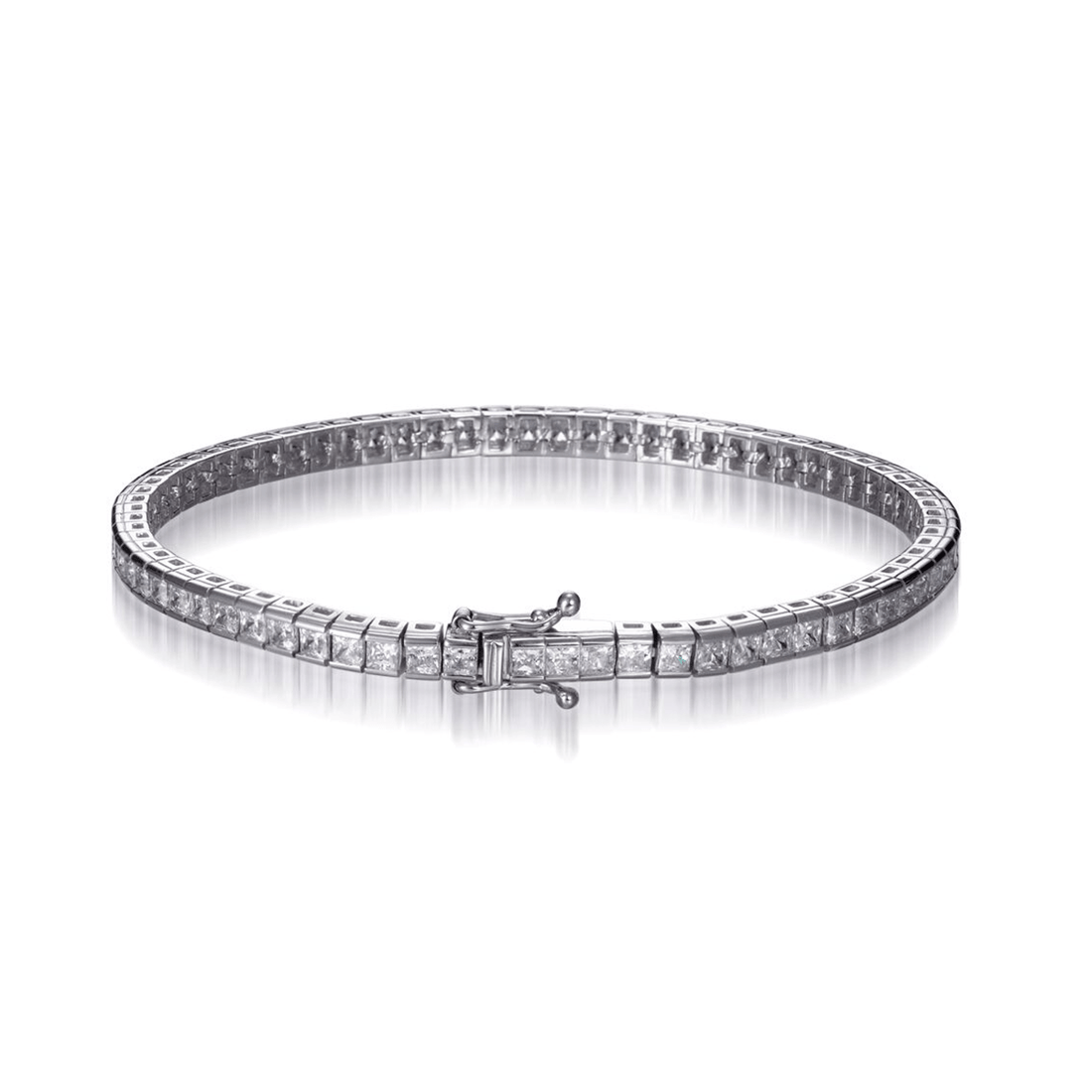 8.55ct Princess Cut Cubic Zirconia Tennis Bracelet in Rhodium Plated Silver
8.55ct Princess Cut Cubic Zirconia Tennis Bracelet in Rhodium Plated Silver- Regular price
-
£225.00 - Regular price
-
- Sale price
-
£225.00
Quick view
-
5.90ct Cubic Zirconia Pave Set Ball Drop Earrings in Rhodium Plated Sliver
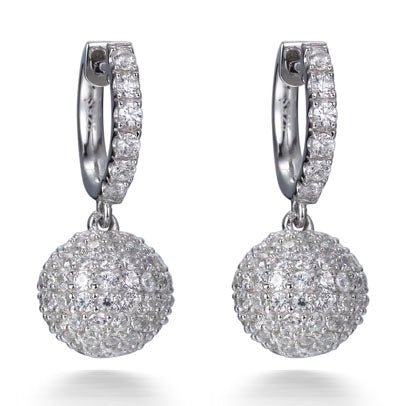 5.90ct Cubic Zirconia Pave Set Ball Drop Earrings in Rhodium Plated Sliver
5.90ct Cubic Zirconia Pave Set Ball Drop Earrings in Rhodium Plated Sliver- Regular price
-
£85.00 - Regular price
-
- Sale price
-
£85.00
Quick view
-
5.60ct Cubic Zirconia Baguette Cut Half Eternity Ring Set in Rhodium Plated Silver
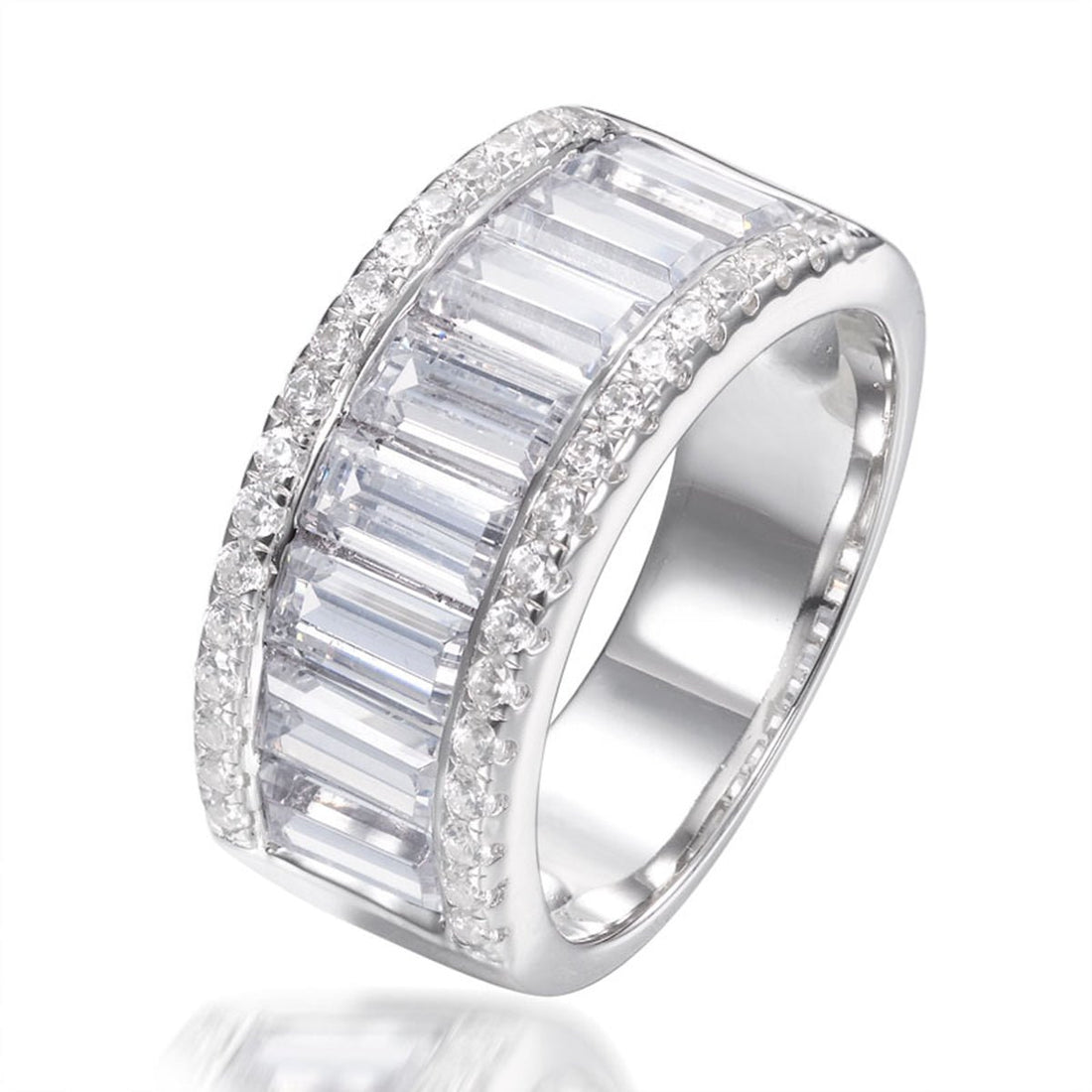 5.60ct Cubic Zirconia Baguette Cut Half Eternity Ring Set in Rhodium Plated Silver
5.60ct Cubic Zirconia Baguette Cut Half Eternity Ring Set in Rhodium Plated Silver- Regular price
-
£195.00 - Regular price
-
- Sale price
-
£195.00
Quick view
-
2.0ct Marquise Cut Cubic Zirconia Halo Drop Earrings in Rhodium Plated Silver
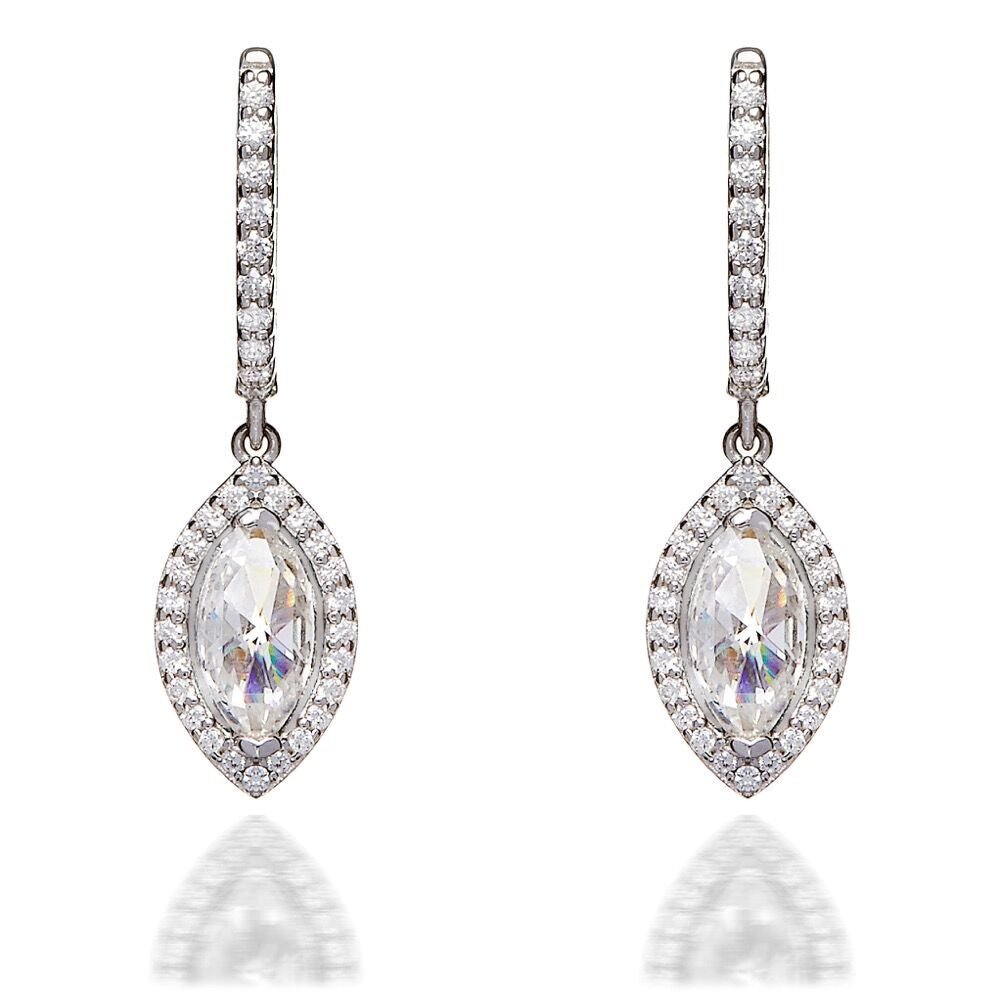 2.0ct Marquise Cut Cubic Zirconia Halo Drop Earrings in Rhodium Plated Silver
2.0ct Marquise Cut Cubic Zirconia Halo Drop Earrings in Rhodium Plated Silver- Regular price
-
£99.00 - Regular price
-
- Sale price
-
£99.00
Quick view
-
0.20ct Cubic Zirconia Two Tone Filigree Eternity Ring in 14k Gold Plated Silver
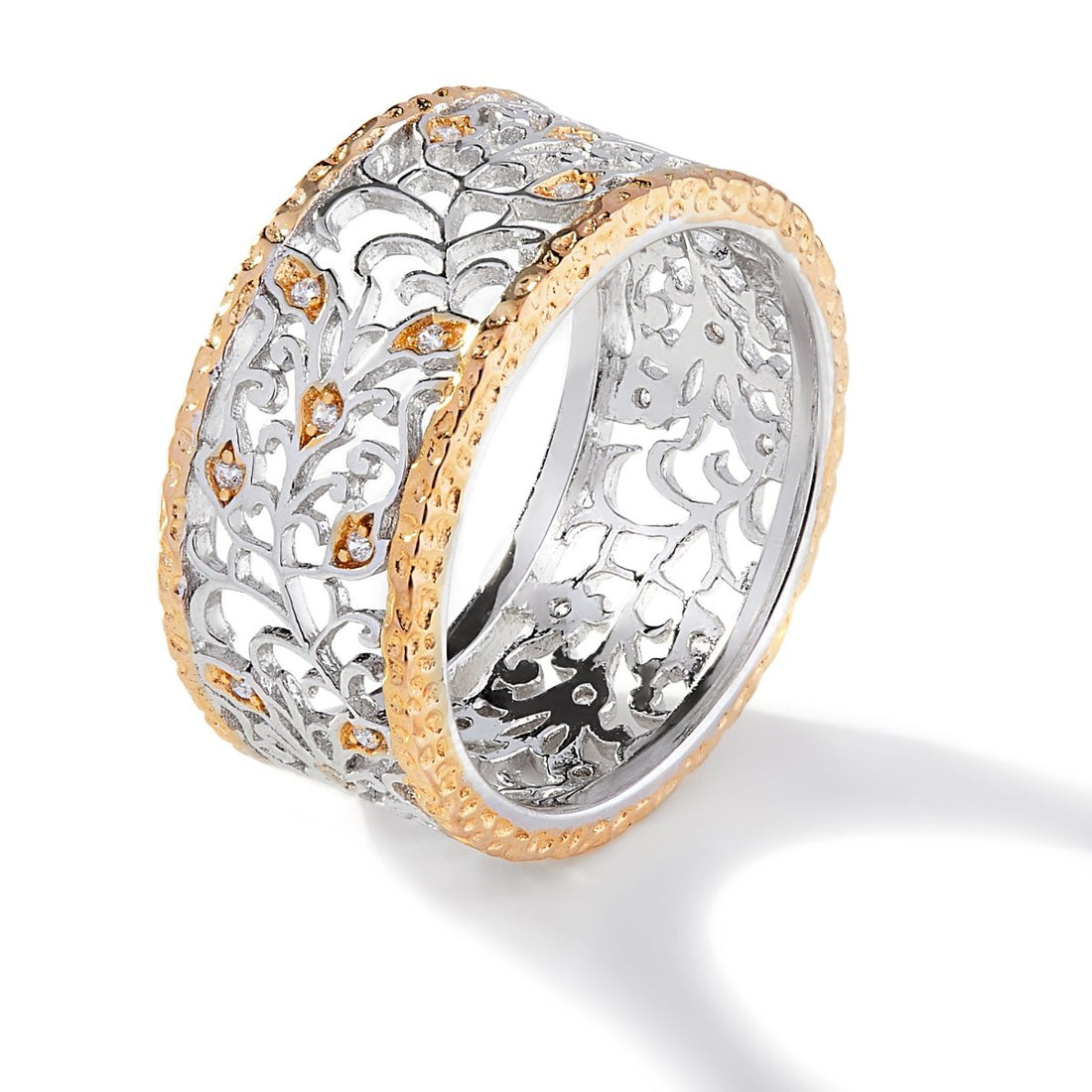 0.20ct Cubic Zirconia Two Tone Filigree Eternity Ring in 14k Gold Plated Silver
0.20ct Cubic Zirconia Two Tone Filigree Eternity Ring in 14k Gold Plated Silver- Regular price
-
£85.00 - Regular price
-
- Sale price
-
£85.00
Quick view
-
Rhodium Plated Silver Coffee Bean Necklace 18"
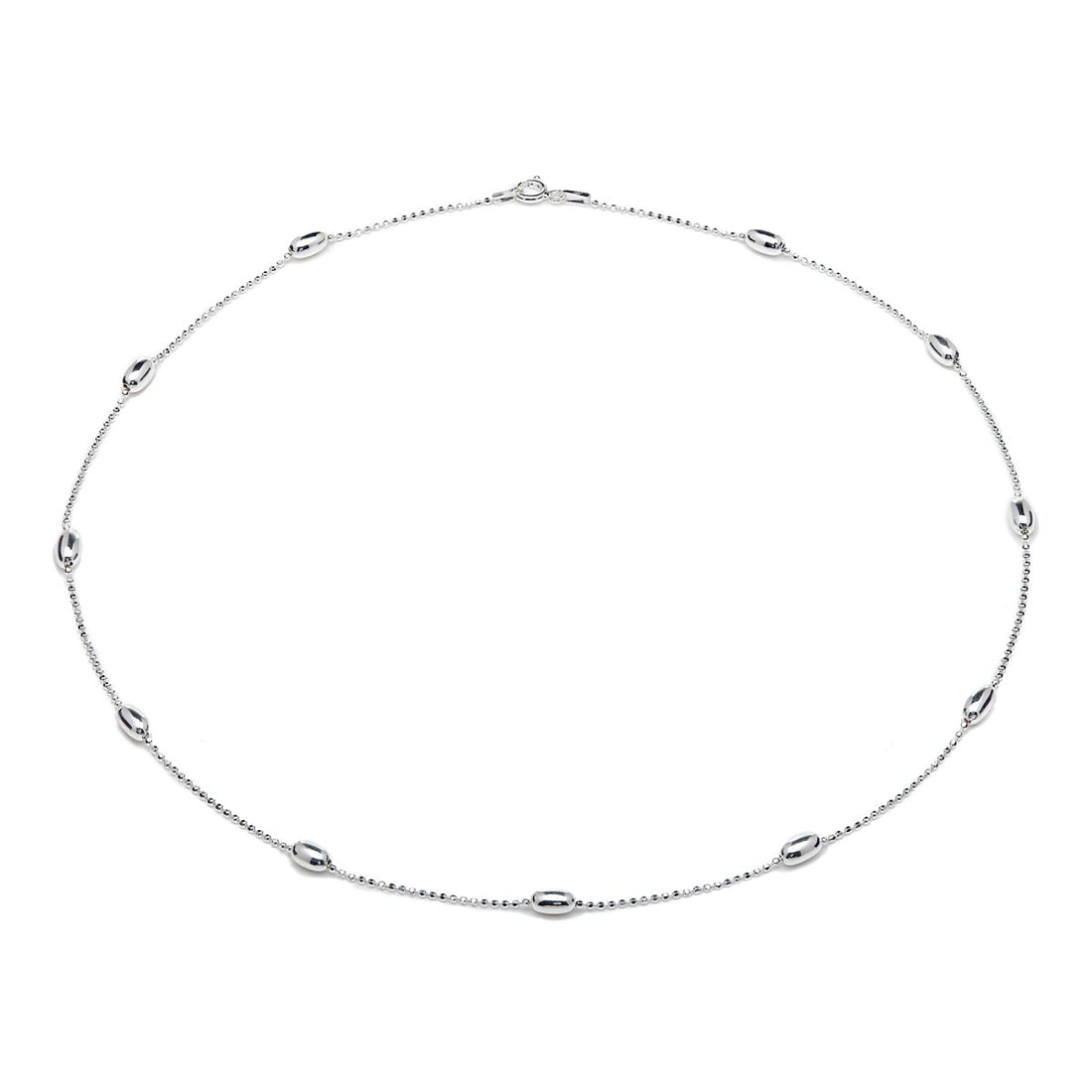 Rhodium Plated Silver Coffee Bean Necklace 18"
Rhodium Plated Silver Coffee Bean Necklace 18"- Regular price
-
£75.00 - Regular price
-
- Sale price
-
£75.00
Quick view
-
9.00ct Emerald Cut Cubic Zirconia Gracie Ring in Rhodium Plated Silver
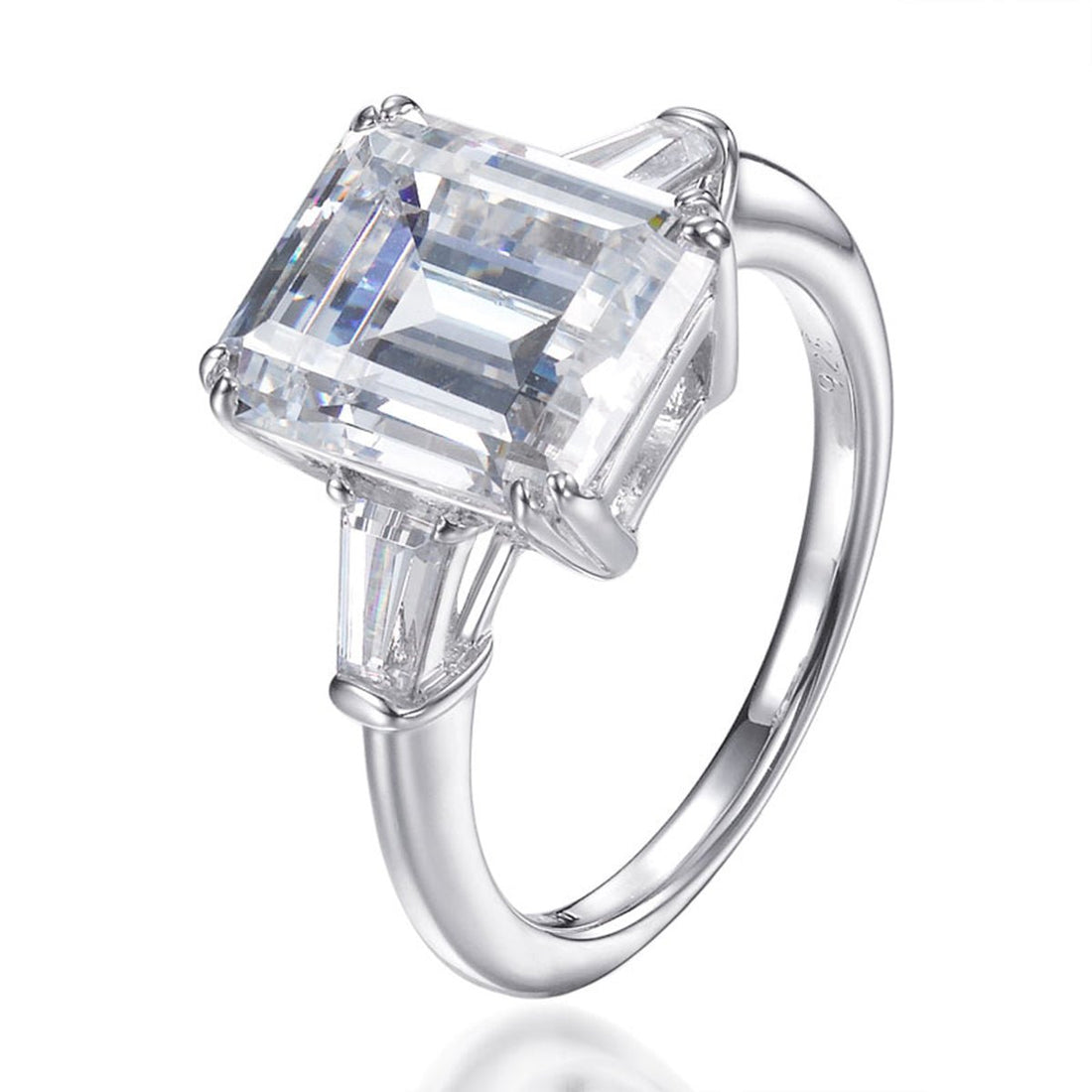 9.00ct Emerald Cut Cubic Zirconia Gracie Ring in Rhodium Plated Silver
9.00ct Emerald Cut Cubic Zirconia Gracie Ring in Rhodium Plated Silver- Regular price
-
£120.00 - Regular price
-
- Sale price
-
£120.00
Quick view
-
8.50ct Blue Topaz & Cubic Zirconia Halo Earrings in Rhodium Plated Silver
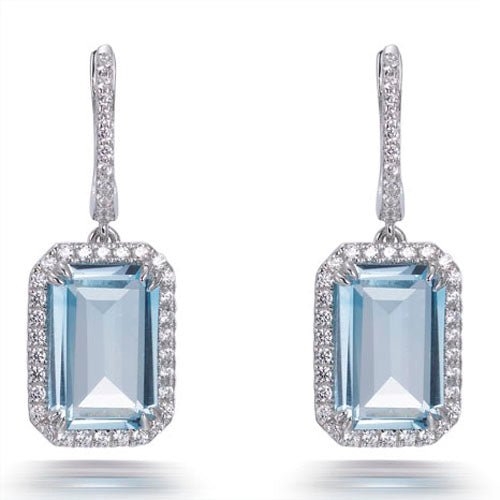 8.50ct Blue Topaz & Cubic Zirconia Halo Earrings in Rhodium Plated Silver
8.50ct Blue Topaz & Cubic Zirconia Halo Earrings in Rhodium Plated Silver- Regular price
-
£250.00 - Regular price
-
- Sale price
-
£250.00
Quick view







